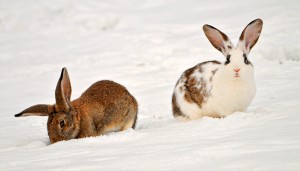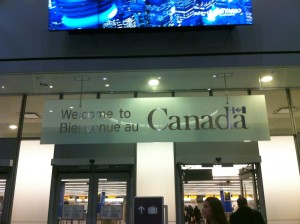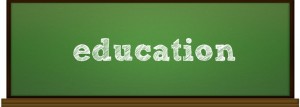 -20c? -30? believe it or not Calgary in the winter can offer some incredible activities for you and your family. Winter is not a season to take lightly and yes it can be very cold and miserable if you are not prepared for the elements. If this is your first time experiencing winter here you will need to buy warm clothes and dress in layers. A typical day out in the winter at -20 degrees Celsius would mean you would require warm footwear (boots), snow pants and/or thermal underwear, two or three layers to protect your body (shirt, sweater, and jacket), a warm hat, and gloves or mittens.
-20c? -30? believe it or not Calgary in the winter can offer some incredible activities for you and your family. Winter is not a season to take lightly and yes it can be very cold and miserable if you are not prepared for the elements. If this is your first time experiencing winter here you will need to buy warm clothes and dress in layers. A typical day out in the winter at -20 degrees Celsius would mean you would require warm footwear (boots), snow pants and/or thermal underwear, two or three layers to protect your body (shirt, sweater, and jacket), a warm hat, and gloves or mittens.
For those who are not familiar with Calgary it is a city that is located on the eastern side of the Rocky Mountains at an elevation of 1100 metres (3500 feet) in southern Alberta. It’s northern location and elevation affects the climate to a large degree. The winters here are very long and snow generally falls from October to May. Being on the eastern side of the mountains causes Calgary to be very dry, and the winters usually have less snow when compared to other parts of Canada. One amazing fact of the climate in Calgary are the Chinooks: These are warm winds that blow out of the Rockies that can cause a mid-winter day to warm up 30 degrees very suddenly. It breaks up the winter and this is unique to anywhere else in Canada. Variability is the key to understanding the climate in Calgary so be prepared.
Wondering what to do in Calgary during the winter? There are many fun activities you and your family can do while enjoying the winter. Among the activities you can include in your what to do in Calgary list are;
Sports Events - Hockey is the most popular sport in Canada with the Calgary Flames being the professional team located in the city and the Calgary hitmen are the junior team. For ticket information to see the Calgary Flames: http://flames.nhl.com/ and for the Calgary hitmen: http://www.hitmenhockey.com. Also unlike soccer where the fans are separated, the fans all sit together at these events.
Skating, Skiing & Sledding Activities – Downhill skiing and snowboarding are fun activities with 4 major ski resorts within 1 to 2 hours driving distance from Calgary that include (Nakiska, Sunshine, Mt. Norquay, Lake Louise), and one smaller hill in Calgary (Canada Olympic Park – COP). Nakiska is a great hill to learn how to ski because it has a large beginner area, and COP is convenient and a good learners hill. Mt. Norquay also has tubing, which is a fun-filled experience riding down a hill in a rubber tube. Cross country skiing is another option and is available in the city at COP and many of the city’s parks. Within 3 hours of driving you have world renowned resorts of kicking horse, Fernie and Panorama. Snow shoeing is an activity that is fun and has been present in Canada for hundreds of years. Kids also enjoy tobogganing (using a sledge) to slide down many local hills in the city. Ice skating is also available (indoor and outdoor) throughout Calgary. That is another great advantage if you live in a lake community (ask me) as they offer a lot of these activities.
Festivals and Activities
The Calgary Zoo has zoo lights during from the end of November to the start of January and features hot chocolate, fire pits, children’s activities and the display of 1.5 million twinkling lights. Santa also makes an appearance during Christmas.
The Calgary winter festival is an 11-day festival is held in early February to commemorate the 1988 Winter Olympics and all other winter activities. Music, entertainment, sports competitions, carnivals and children’s activities can all be found at the Calgary Winter Festival.
Calgary is an interesting and exciting city to visit all year round. It is packed with activities and events that will surely create memorable experience for your family and friends.




Follow Us!